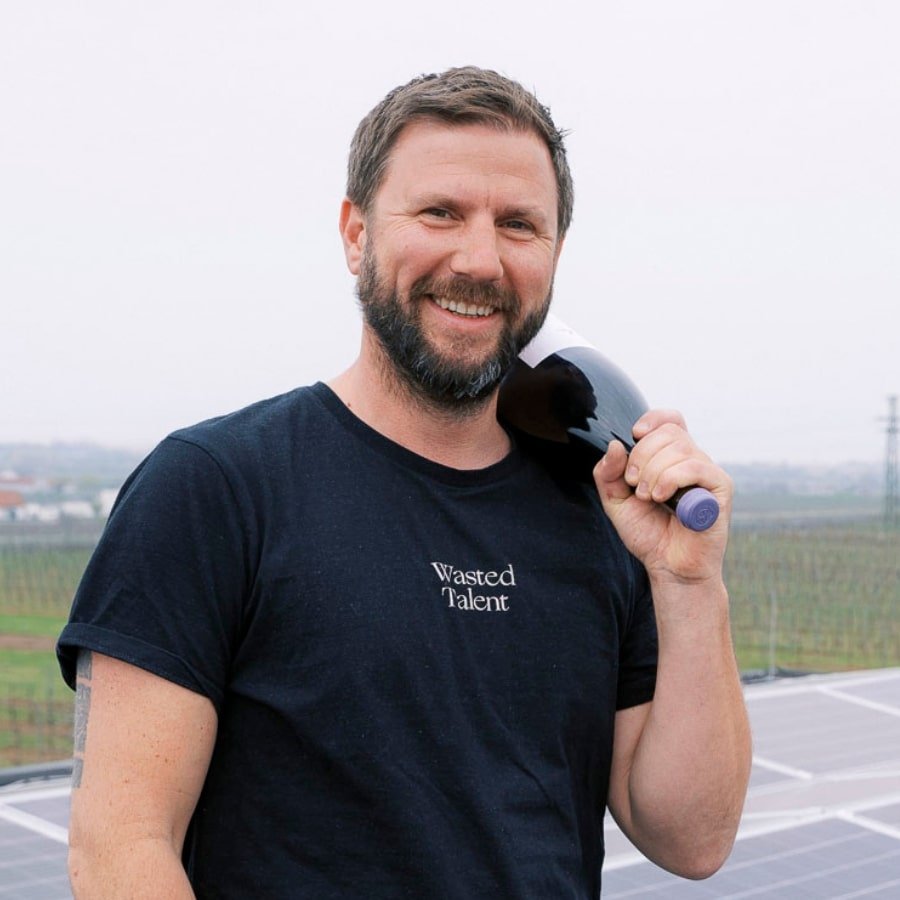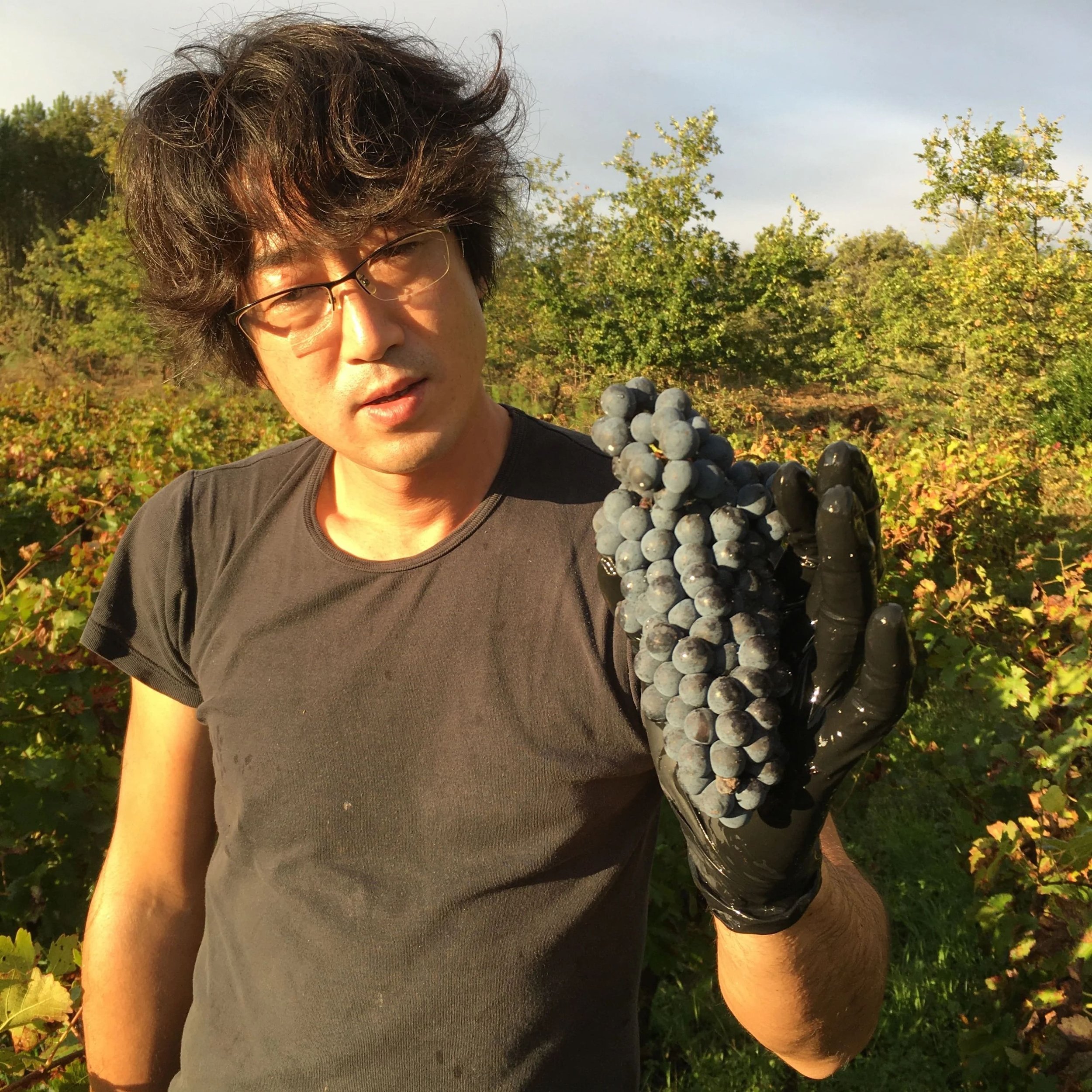
Behind the wine
Welcome to the world’s winemaker-led knowledge platform uncovering the stories & facts behind the world’s most captivating wines, wineries & regions.
Powered by hundreds of thought leading
winemakers & wineries globally
Claus Preisinger
Azienda Agricoli Foradori
Phelan Farm
Nikolaihof
Alois Lageder
Kolónia 52
Weingut Werlitsch
Naboso
Les Horées
Emidio Pepe
Johannes Zillinger
Azienda Agricola Il Ceo
Weingut Renner
Trisudy
Bendito Destino
Christian Tschida
Michael Wenzel
Meinklang
Weingut Ploder-Rosenberg
Vino Loigi
Weingut Rosi Schuster
Clai Wines
Raphaëlle Guyot
Weingut Heinrich
Alex & Maria Koppitsch
Harkamp
Weingut Weninger
Mátyás Family Winery
Markus Altenburger
Pranzegg
Weingut Nittnaus
Glow Glow Wines
Dominik Held
Birgit Braunstein
Tony Bornard
Judith Beck
Katla Wines
Le Grappin
Domaine Lapierre
Wachstum König
WeinSchach
Vinarstvi Bystricky
Michal Bažalík
Tomac Winery
Piri Naturel
Laisse Tomber
Weingut Tauss
roterfaden
Weinbau Markus Ruch
Enderle & Moll
Milan Nestarec
Vino Gross
Keltis
Weingut Bründlmayer
Peter Nagyvaradi
Nikolas Juretic
Katrin Lautner
Wasenhaus
Claus Preisinger Azienda Agricoli Foradori Phelan Farm Nikolaihof Alois Lageder Kolónia 52 Weingut Werlitsch Naboso Les Horées Emidio Pepe Johannes Zillinger Azienda Agricola Il Ceo Weingut Renner Trisudy Bendito Destino Christian Tschida Michael Wenzel Meinklang Weingut Ploder-Rosenberg Vino Loigi Weingut Rosi Schuster Clai Wines Raphaëlle Guyot Weingut Heinrich Alex & Maria Koppitsch Harkamp Weingut Weninger Mátyás Family Winery Markus Altenburger Pranzegg Weingut Nittnaus Glow Glow Wines Dominik Held Birgit Braunstein Tony Bornard Judith Beck Katla Wines Le Grappin Domaine Lapierre Wachstum König WeinSchach Vinarstvi Bystricky Michal Bažalík Tomac Winery Piri Naturel Laisse Tomber Weingut Tauss roterfaden Weinbau Markus Ruch Enderle & Moll Milan Nestarec Vino Gross Keltis Weingut Bründlmayer Peter Nagyvaradi Nikolas Juretic Katrin Lautner Wasenhaus
Features — Free to use
For winemakers
Wine information
Share the facts & stories behind your wines for correct & up-to-date information globally across importers, restaurants, retail & e-commerce
-
Our platform makes the sharing of information, pictures and videos about your work as a winemaker super simple.
E-labels for regulation
(EU) 2021/2117
Get equipped with fully compliant e-labels to meet the most recent EU regulations that require nutritional & ingredients information
-
Since 8th December 2023, all wines that are produced or sold on EU land must declare nutritional & ingredients information on their labels. Don’t worry, our platform seamlessly provides you with the tools needed to meet these new requirements.
Vineyard mapping
Virtually show your partners & customers where your wines come from to better contextualise your top wines
-
Our platform allows you to easily show the terroir behind your wines in the form of pictures, text, and videos. Why not show the world where your wines come from, and the hard work that goes into every bottle?
Global training
& communication
Update your partners and train the people who work with your wines through one platform to free up your inbox and save hours of time
-
From day 1, you can use our platform with all your partners globally to equip them with the information that they ask for. Think importers, sommeliers, journalists, distributors, servers, retailers or consumers who ask for information about your wines & vineyards.
Features — Coming Soon
For professionals
Microlearning platform
Quickly access the facts & stories behind the wines you work with, and learn about one wine at a time directly from the makers
-
Learning about wine can be overwhelming. But at LITTLEWINE, we break things down and empower you to learn about one wine at a time, while learning from the people who know it best — the winemakers themselves.
Wine & sales team training
Collaborate, exchange & manage information across the team to unlock growth opportunities & increase sales by 20-30%
-
Every wine team needs a place where their brain & creative spirits are collected. That’s LITTLEWINE. Whether small or large, we empwoer you to better collaborate & communicate as a team to sell & contextualise wine better.
List management
Structure the 50, 100 or 1,000s of wines you work with via dynamic collections to free your mind and save hours of time
-
Keeping on top of the many wines you work with can be hard. That’s why our platform allows you to easily structure the products you work with, and feeds your products with first-hand information from the winemakers, so you can scrap that manual information search that eats your day away.
Virtual travel
Explore the world's wine regions one wine at a time, without jumping on a plane & build your wine knowledge on-the-go
-
There’s no such thing like visiting a winemaker for context. But winemaker visits cost time, money & carbon. That’s why we bring the winemakers & regions to you, so you can travel less but experience more.
Feature News
Feature News
EU e-labels
The EU recently published Q&As for the EU e-label regulation which came into effect per 8 December 2023. We have neatly summarised the key updates & changes for winemakers below.
“What a revolution; no more countless hours wasted searching for information through 30+ websites.”
Honey Spencer
Wine Director
Palomar Group
“LITTLEWINE is one of the very few crucial missing tools for me as a winemaker.”
Claus Preisinger
Winemaker
“Having information from winemakers directly helps my storytelling as a professional.”
Jan Konetzki
Wine Director & Consultant
The Four Seasons Ten Trinity Square
From the E-Zine
From the E-Zine
Winemaker — Bordeaux | France
Osamu Uchida
“I don’t like the new wood and extraction of so many of the grands crus of Bordeaux. It’s not my goal - instead I look for something pure and natural.”



























